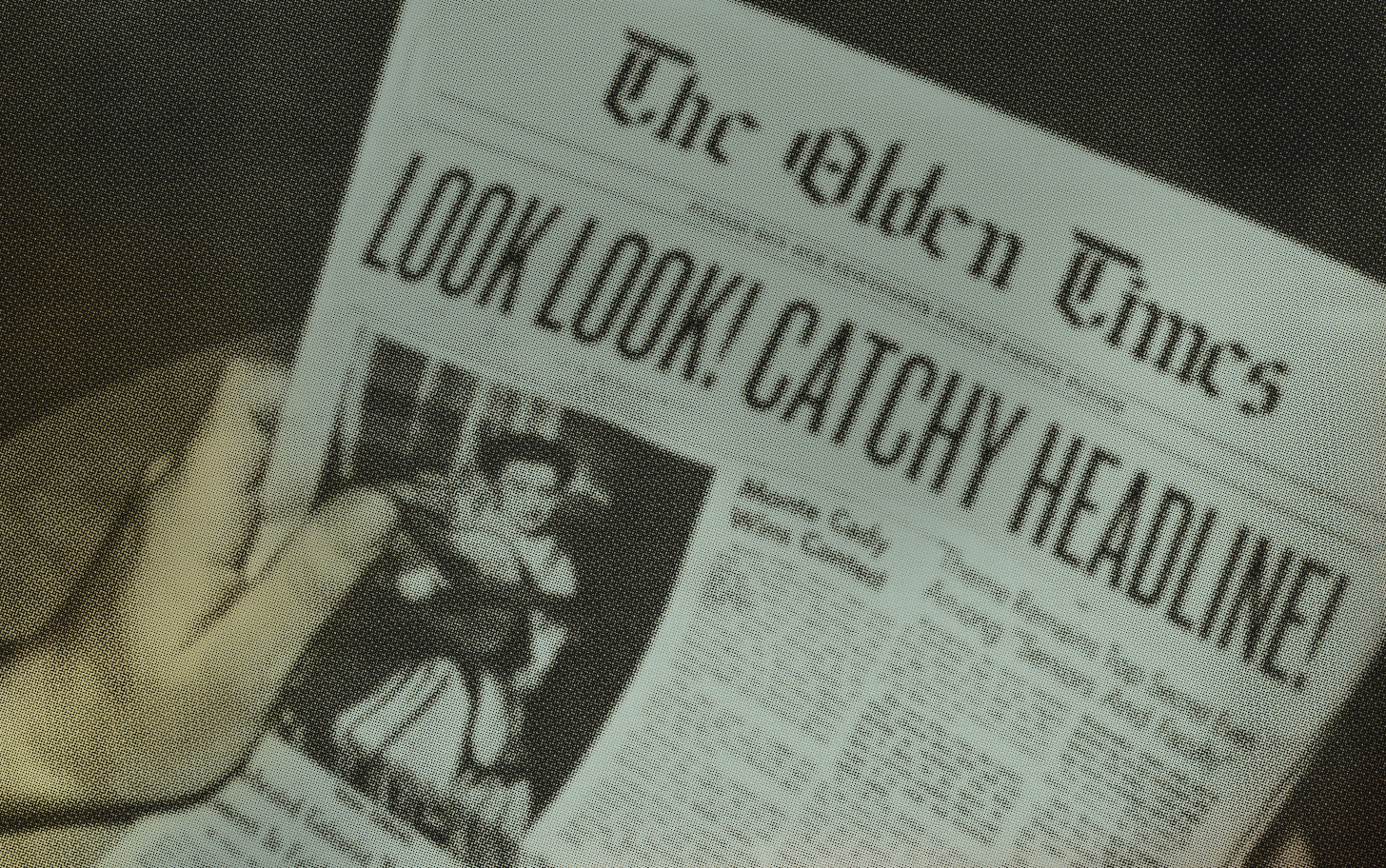January 21st | Digital Strategy SEO Website Design & SEO
Supercharge Your Website With a Solid SEO Strategy!

Search engine optimization (SEO) is a game that’s all about staying one step ahead of your opponents. One of the best ways to accomplish this is to be aware of how search engines are changing, and adjust your content, digital marketing and SEO strategy before your competitors have a chance to catch up. So let’s learn about some trends we’re seeing!
1 Increased Adoption of Accelerated Mobile Pages
Initiated this year, Accelerated Mobile Pages or AMP is one of the major projects that Google aims to utilize to improve the performance of the mobile web—which historically did not offer satisfying experience to many users.
And since it implementation, many SEO have started giving more effort to improve their site’s loading speed on mobile devices.
Google uses a streamlined version of HTML, CSS, as well as a Google-cached version of the website to
Make a page load 30X faster and use 8X fewer data than non-amp pages (which takes an average loading time of 22 seconds)

And people want their content delivery in a lightning speed nowadays, AMP will certainly gain more importance this coming 2017 and beyond.
2 Denser, Quality Content
People, as well as search engines, have witnessed a lot of content in the web that keeps talking about the same topics repeatedly by changing some of the words and structure used in the previous articles.
Many content marketers have then produced thousand-word articles and guides to make their content more credible to read, but forcing people to read it throughly to understand the topic very well.
Because of this problem, many SEO experts say that content density will become a major standard amount content marketers this coming year.
Instead of using the amount of words used “per word value” will gain more traction
as the key metric for measuring the actual value of the content.
This is critical in driving traffic to the site a lot of people now have a shorter attention span today than the last decade.
3 Machine Learning and Artificial Intelligence
The entrance of Google RankBrain in the search engine arena last year signifies a new age in SEO.
RankBrain serves as an extension of the Google Hummingbird to refine unconventional search queries.
And it’s been over a year since we’ve seen an update like RankBrain, it’s possible that Google will release more machine learning updates, or may even incorporate machine learning and artificial intelligence in other areas such data interpretation and marketing automation.
of the words and structure used in the previous articles.
Google RankBrain is currently in the 3rd spot for the most important signal in ranking
4 The Union of Personal Branding and SEO
We’ve been a proponent of personal branding as a core strategy for SEO for many years now. With a personal brand, you’ll have an easier time securing guest posts, building user trust, and driving more traffic to your website.
Personal Branding will gain more traction in SEO landscape this year
to help digital marketers to secure guest post, established a trust to readers, and drive more traffic to the website.
And though only a few websites are taking advantage of personal branding, it will also come handy this year since social media sites like Facebook continue to refine their algorithm to favor individual post over post created by business pages.
5 User Experience Optimization (UEO)
We are starting to see the user experience to gain more importance in the SEO landscape. As people are increasingly becoming more demanding in terms of the navigability of the website—especially on mobile,
User Experience Optimization is going to be an integral part of the overall SEO strategy
A satisfying user experience can immensely increase the time a user will spend on the website before they go back to the search results—called downtime—which is one important metric that impacts SEO.
This may either require few tweaks or total overhaul in the website, but overall, a website optimized for maximum user experience is one of the best ways to secure a decent spot in SERPs nowadays.
The SEO industry is always moving, so it pays to be aware of these evolutions. Contact us today to see how we can help your business get the most out of your web presence!
https://searchenginewatch.com/2016/08/04/preparing-for-seo-in-2017-yes-its-that-time-already/
https://www.forbes.com/sites/jaysondemers/2016/11/09/7-seo-trends-that-will-dominate-2017/
https://blog.kissmetrics.com/get-started-using-schema/
http://digitalmarketingphilippines.com/google-amp-8-facts-you-should-know-infographic/
https://searchenginewatch.com/2016/09/06/google-experiments-with-new-desktop-serp-layout/
http://link-assistant.com/news/smx-east-2016-recap.html
http://searchengineland.com/google-reveals-20-percent-queries-voice-queries-249917
Posted by Randall Branding Agency | January 21st, 2018 | Digital Strategy SEO Website Design & SEO








